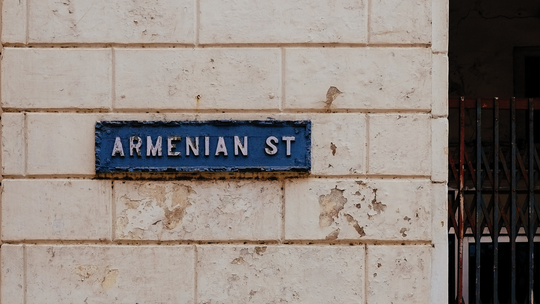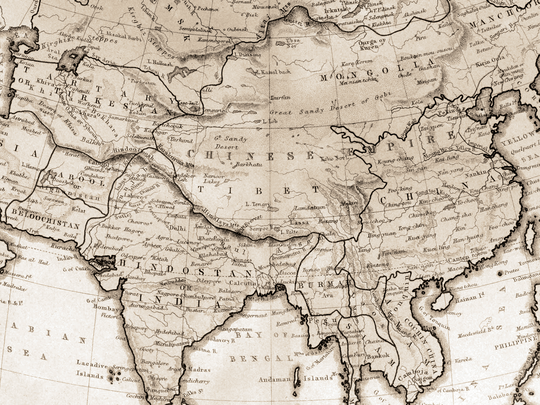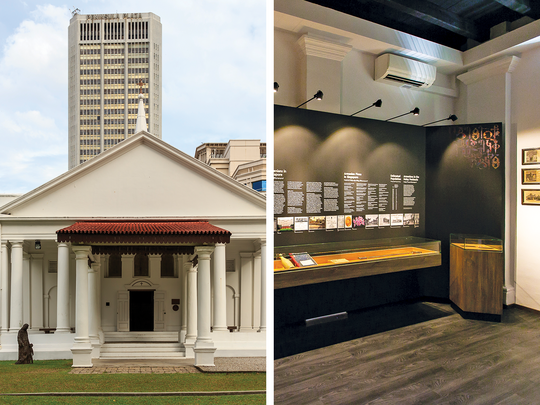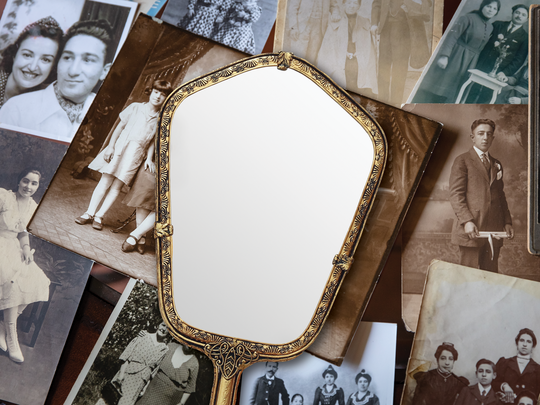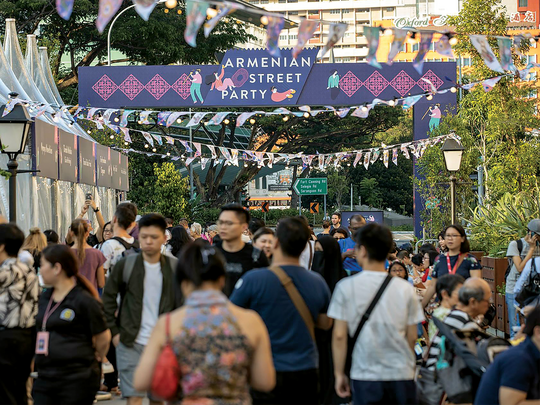Any Armenian today visiting the Asian world may be surprised to stumble upon clues and signs pointing to the presence of a once-prosperous and influential Diaspora that existed long before the dispersion of Armenian survivors after the Genocide of 1915. These oft-forgotten communities, built by wealthy merchants who resettled in Asia during the Silk Road period of the 16th and 17th centuries, left artifacts, ruins, documents, and other historical residue to describe the power and respect they once enjoyed in mainstream society, while remaining true to their Armenian identity and Christian faith. Later settlers to the region also made an indelible mark in business, culture and civic life.
Street Signs

Whether by coincidence or design, there are three Armenian churches on the Indian subcontinent—Kolkata, Dhaka and Chennai—with the same address of No.2 Armenian Street. This suggests the presence of Little Armenias in big cities of Southeast Asia. Each church was erected on the site of an Armenian cemetery.
Sir Paul’s Prized Portrait

In the 1920s Sir Paul Chater attempted to purchase the miniature portrait of King George III that had been presented to his great-grandfather Agha Catchick Arrakiel in recognition of his philanthropic good deed. Unfortunately Sir Paul died before he could secure the painting. It is now in the possession of the Victoria and Albert Museum in London.
Prison Reform
In 1789, Catchick Arrakiel famously released a total of 157 prisoners in debtors’ jail in Kolkata by paying all their outstanding debts. It was a grand gesture to celebrate the good news that England’s King George III had recovered from his insanity.
The Araratian Library
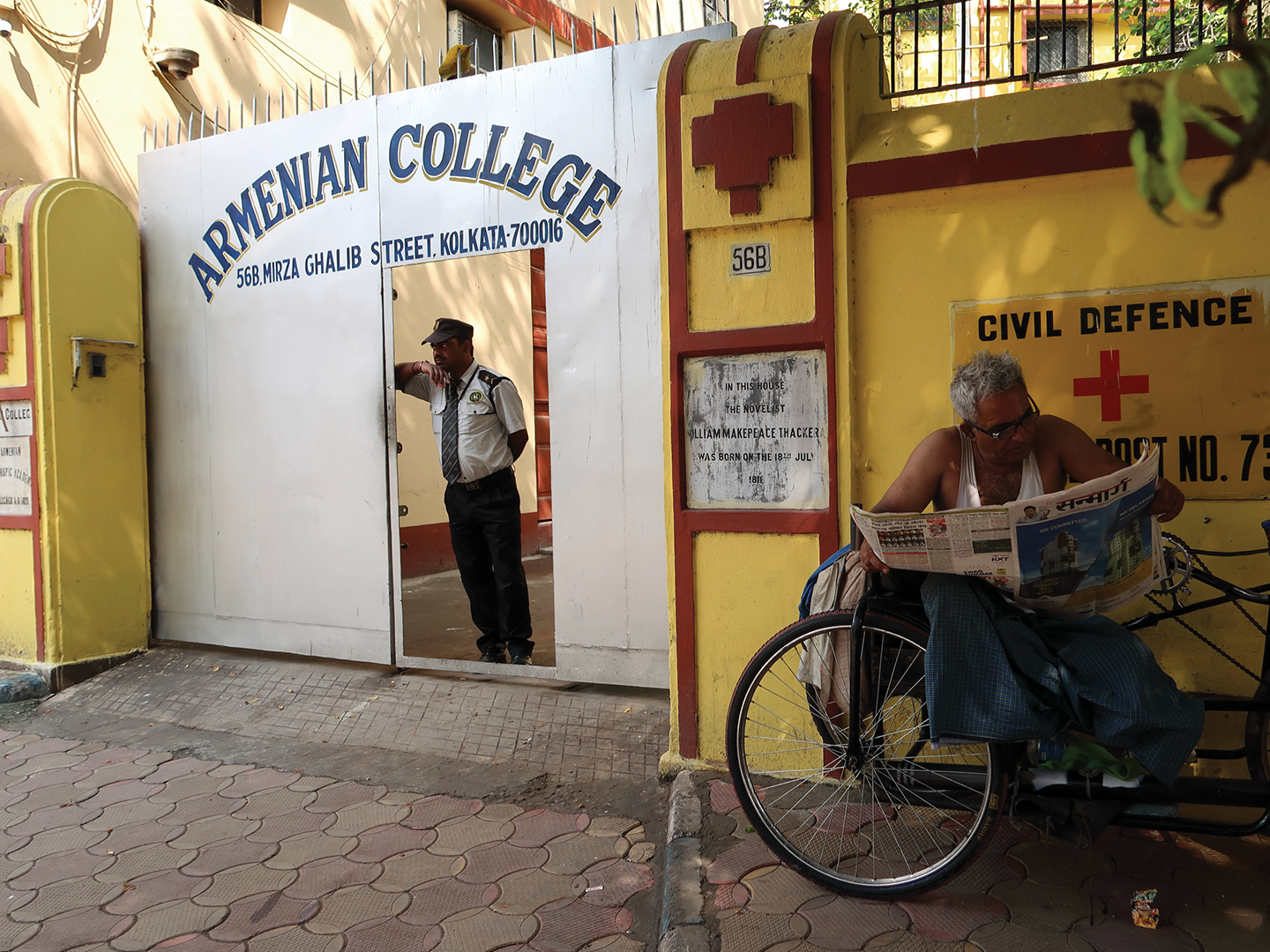
Located at the Armenian College and Philanthropic Academy in Kolkata, the Library was founded in April 1828. By 1843, its archives had grown significantly, containing over 1,000 precious and rare Armenian manuscripts
Lost Church of Myanmar

Hidden in the rubble of a church ruin is perhaps the most obscure sign of the Armenian presence dating back to the 18th century—the long abandoned and forgotten Catholic church in Thanlyin, Myanmar. Inside the ruin is a single Armenian tombstone. Dedicated to the Virgin Mary, the church was commissioned by a wealthy Armenian merchant Nikoghosi de Aguilar and his wife Margaret in memory of their son Agatt who passed away in 1750. The church was erected in 1750 A.D. by Monseigneur Nerini under the auspices of the second Vicar Apostolic of the cities of Ava and Pegu. He was member of the Barnabite Mission, a Catholic brotherhood that worked in Pegu in the 1800’s.
Disposessed Treasures

While the official stone of the Armenian Holy Nazareth Church in Kolkata, India was laid in 1707, the church registers only start at 1793 due to a power struggle among three church wardens of the Kolkata church. One of them took the earlier pre 1793 registers home and they were never recovered. Moreover, when the church in Surat closed for good in 1861, due to a dwindling community, the Wardens of Bombay took possession of all the Surat church’s sacred books, vessels, and vestments that were transported to Bombay for preservation. Among them was a manuscript of an Armenian-language bible written in Surat in 1658, as well as an old chasuble (shoorjar) belonging to the church. The year 1782 is beautifully embroidered on it in gold thread.
National Flower

Singapore’s national flower was bred by horticulturalist Agnes Joaquim. Born Ashkhen Hovakimian to a family of Armenian merchants, Joaquim hybridized the Singapore orchid in the 1880s. Known for its resilience, Vanda Miss Joaquim was the world’s first cultivated orchid hybrid and is now found all over other tropical countries, especially popular in Hawaii. For her pioneering work, Agnes Joaquim was inducted into the Singapore Women’s Hall of Fame in 2015. Hovakimian’s family was well-known in Singapore. Her maternal grandfather, Isaiah Zachariah, was one of the members of Singapore’s first Chamber of Commerce, formed in 1837.
Raffles Hotel

The Sarkies Brothers, illustrious Armenian hoteliers, opened the Raffles Hotel in 1887. Named for the British founder of Singapore Sir Thomas Stamford Raffles, it is the oldest and most iconic hotel in the country. Among its famous guests: Charlie Chaplin; Jean Harlow; Rudyard Kipling; Joseph Conrad; and Elizabeth Taylor to name a few. On its centennial in 1987, the hotel was declared a national monument.
Armenian Churches Lost and Found

The evidence of Armenian life across the Silk Road regions can be found in the many churches that were built by wealthy Armenian families for the sake of Armenian settlers or for their own personal use. Some have long disappeared, others stand in ruins, and a few survive today, long after the communities have vanished.
Church Location (Built)
Agra (1562)
Surat (1579)
Lahore (1656)
Saidabad* (1665)
Chinsurah* (1695)
Holy Nazareth Church, Kolkata* (1707)
Chennai* ( 1712)
Delhi (1713)
Dhaka* (1781)
Bombay* (1796)
Gwalior (1825)
Batavia (Djakarta) (1831)
Singapore* (1835)
Rangoon* (1862)
Holy Trinity Church Tangra, Kolkata* (1867)
St. Gregory the Illuminator, Kolkata* (1906)
Harbin, China (1923)
Soerabaia (1927)
* Still standing
Armenian Translates First Bible in Chinese
In 1822, Professor Hovhannes Ghazarian, an Armenian born and educated in Macau, became the first person to translate the Holy Bible to Chinese. His translations are widely recognized as the first known complete Chinese print version of the Holy Scriptures.
The Straits Times
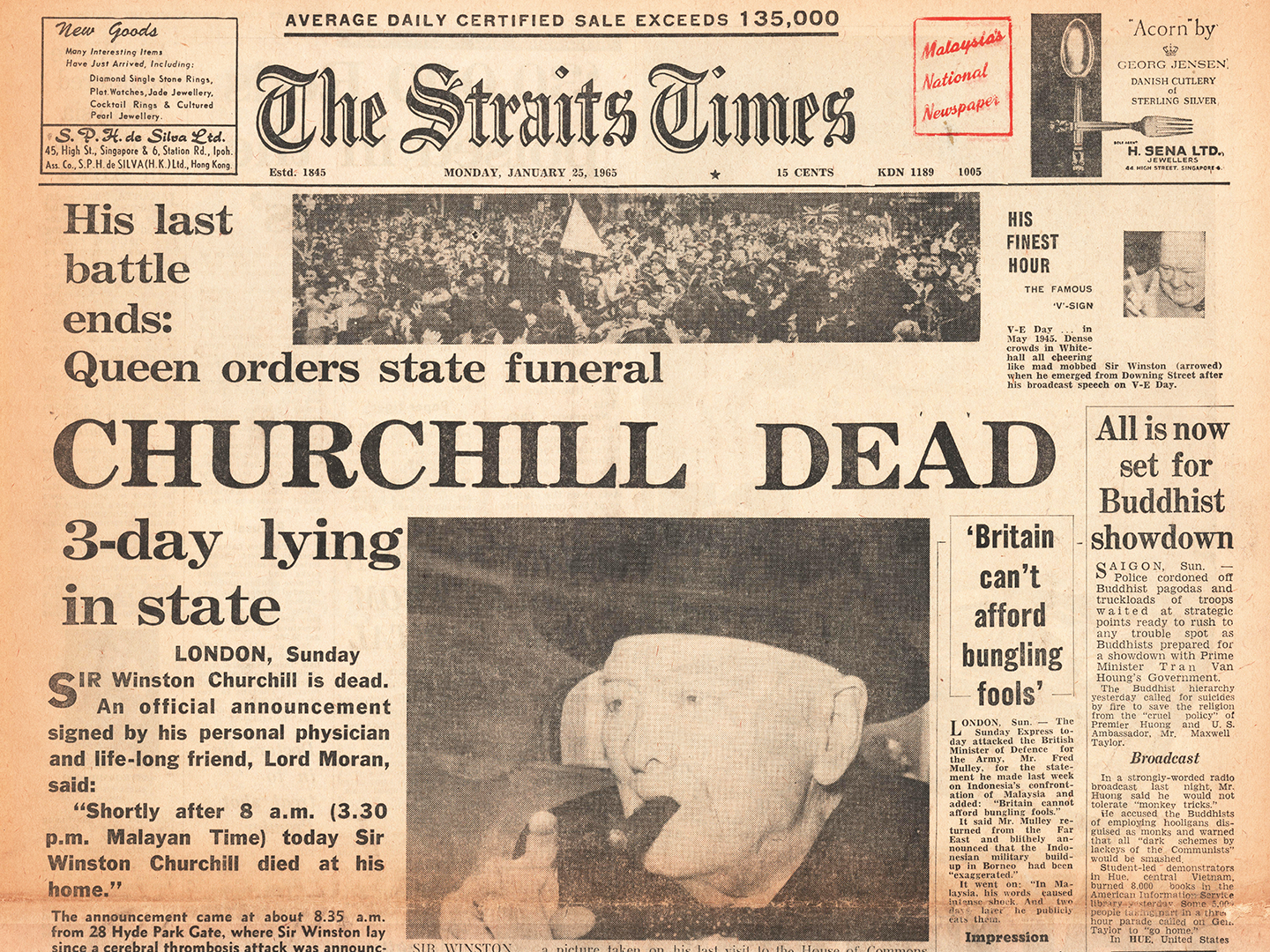
One of the oldest and most widely read newspaper in Singapore, The Straits Times was founded by Armenian merchant Catchick Moses (Movsessian). When a fellow Armenian Martyrose Apcar ran into financial trouble after ordering a printing press from England to launch a newspaper, Moses stepped in and the first edition of The Straits Times came out on July 15, 1845.
The Indian-Armenian British MP

Alexander Raphael Esq., was a Catholic Armenian from Chennai, India who served as the first Roman Catholic Sheriff of London. In 1847, he was elected to British Parliament—the first Armenian ever to hold the title of British MP, representing St. Albans in Hertfordshire, England. He is credited as the creator and builder of the town of Surbiton in what was then still Surrey, where he also built St. Raphael’s Roman Catholic Church as his personal chapel. For all his Britishness, Raphael’s Coat of Arms depicted Mt. Ararat in the crest, an insignia still in use by the Savile family today
Two Sheriffs of Kolkata
During the 19th century, two Armenians were appointed to the post of Sheriff in the large city of Kolkata, India. The first non-European to be appointed Sheriff of Kolkata in 1866 was Seth Arratoon Apcar, a son of the founder of the shipping firm Apcar & Co of Bombay and Kolkata. The Apcars had migrated to India from Isfahan in 1795.
The second was Phillipus Astwa Chatoor Cavorke, appointed in 1869. Known more commonly as P.A. Chater, he also served as a regular magistrate and justice of the peace, in addition to being a court interpreter. He translated documents from Bengali, Portuguese, and Armenian to English for admission to court proceedings.
Telltale Tombs
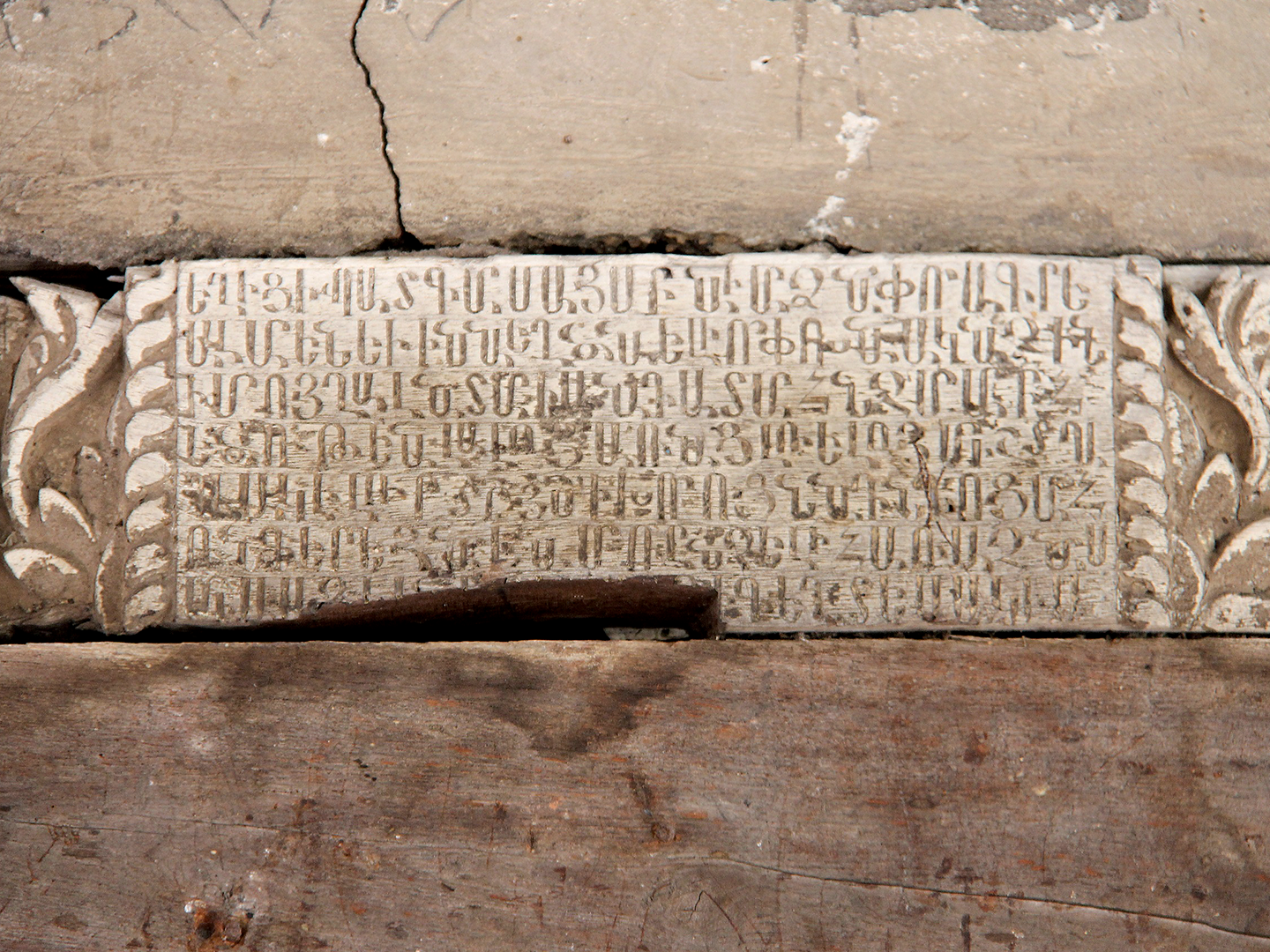
1. Son of Julfa: The inscription of this 17th-century Armenian’s tomb at Surat says: This is the tomb of Kalandar, the son of Phanoos Kalandar of Julfa, who departed this life on Saturday, the 6th day of March 1695.

2. Sookias’ Wife: Perhaps the most well known of the oldest Christian tombstones is situated at the Armenian Church in Kolkata. A modern-day plaque in English placed there in 1971 rests upon an 18th-century intricately carved stone, bearing an inscription and date of 1630. “This is the tomb of Rezabeebah, the wife of the late charitable Sookias, who departed from this world to life eternal on the 21st day of Nakha in the year 15.” Rezabeebah’s tombstone uses the Calendar of Azaria, also known as the “small” calendar, which is based on the 21st day of Nakha (March). It was invented by Catholicos Azaria (of Old Julfa) in the 16th century and formally instituted in 1616 to replace the traditional Greater Armenian Calendar which began in 552 CE. To compute Azaria dates, one adds 1615 to the Azaria year for all dates after March 21 (the beginning of the year) and 1616 to dates before March 21. Thus Azaria year 75 would correspond to 1690 (1615 + 75). It should be noted that Julfan merchants, and, especially priests, often employed both calendars.
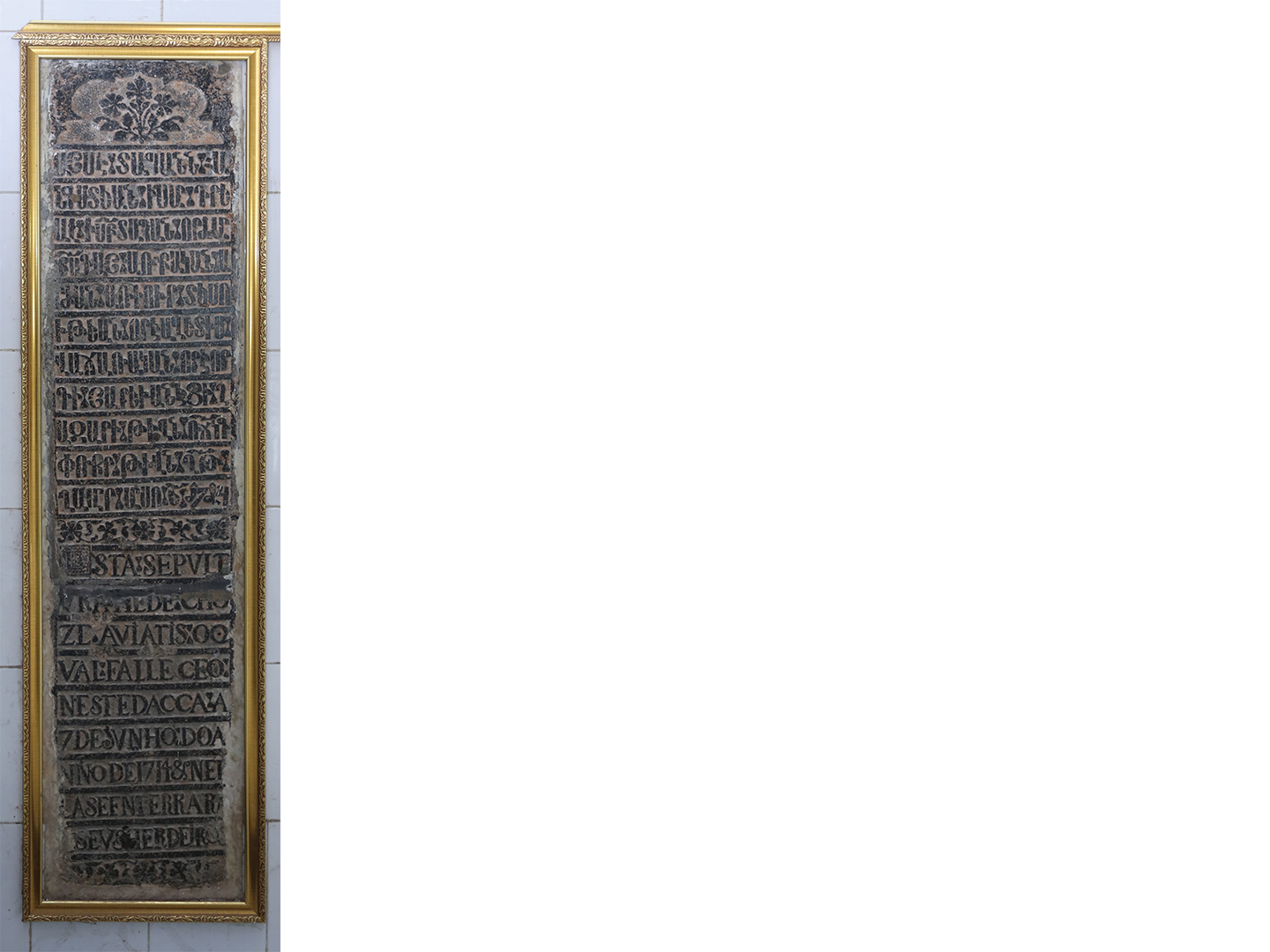
3. Armenian Cemetery Markers: Inside the Roman Catholic church of Our Lady of Rosary, at Tejgaon, two and half miles from Dhaka, on the Dhaka-Mymensingh Road, built in 1677, there are some old graves of Armenians who died in Dhaka between 1714 and 1795. The oldest of these markers has an inscription in Armenian characters, which translates: “1714 This is the tomb of respose where the merchant Avetis son of Ghazar of Yerevan is interred. May Christ make him worthy of his sight upon his second coming. In the year 1163 [+551=1714] and of the small calendar 99 [+1615=1714] on the fifth day of the month of Ghamar [July 23].”

4. Khojah’s Milestone: Described by some as a milestone in shape, this tombstone of Khojah Margar, dated 1663, is one in a handful of the oldest Armenian graves in Chennai, India. It sits at the foot of a large flight of stone steps leading to the Little Mount Catholic Church of Our Lady of Good Health.

5. The Mausoleum of Agra: In his writings, Mesrovb Seth described the Martyrose Chapel as “… not built of marble, like the worldfamed Taj, [it] is nevertheless the oldest Christian structure in Northern India. It was erected in 1611 at the old Armenian Cemetery.”
Irish-built Armenian Church

The first Christian church in Singapore built in 1835 with funds raised by the Armenian communities in Singapore, Kolkata, and Java, the Armenian Apostolic Church of St. Gregory the Illuminator was designed by Irish architect George D. Coleman. The church was recognized as a national monument by the Singapore National Heritage Board in 1973.
Photos used in the article courtesy of
Victoria & Albert Museum
London/courtesy Of The Rosalinde & Arthur Gilbert Collection
Jenny Gustafsson
Madhu Gopalan
Very Rev. Fr. Oshagan Gulgulian
Sanjay Choksi
Liz Chater
Alamy

